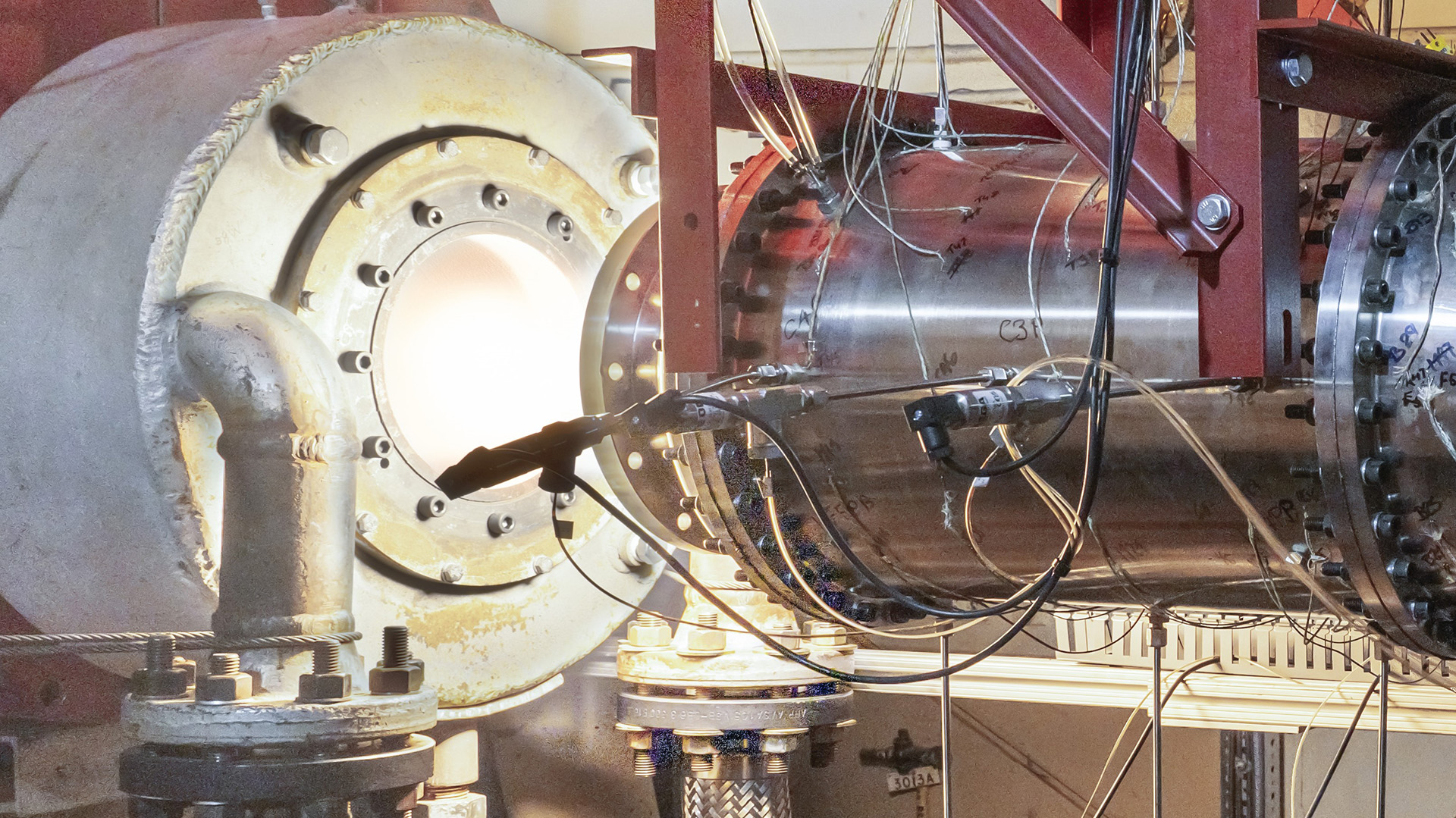
Major milestone overcome as UK successfully tests hypersonic missile engine

A team of UK scientists have completed a major hypersonic engine test, which could lead to weapons travelling at several thousand miles per hour.
A joint team led by the Defence Science and Technology Laboratory (Dstl) and the US Air Force Research Laboratory (AFRL), along with industry partners, conducted 233 successful static test runs at the NASA Langley Research Centre in Virginia, USA.
The research aimed to help deliver a hypersonic weapon technology demonstrator by 2030 through the Ministry of Defence's Team Hypersonics programme.
"We are living in a more dangerous world, and it has never been more important for us to innovate and stay ahead of our adversaries, equipping our forces with the technologies of the future," Defence Secretary John Healey said.
"This milestone moment on hypersonics research, supported by British scientists and British small businesses, demonstrates another crucial area where we are working in lockstep with the United States to bolster our Armed Forces and strengthen our deterrence."
The research, which took place over six weeks, was part of the UK's Hypersonic Weapons Programme. The programme involved real-time data analysis to improve design aspects and increase propulsive performance.
Several design variations were trialled to ensure the engine's readiness for future system design updates.
The engine is poised to power a cutting-edge hypersonic cruise missile concept. The experiments successfully demonstrated the performance of the high-speed air-breathing engine – enabling greater ranges than a conventional rocket – advancing the UK's hypersonic weapon capabilities.
The tests spanned the full flight Mach number range, from supersonic to hypersonic speeds, thereby validating the robustness of the engine design and paving the way for future upgrades.
Paul Hollinshead, Dstl's chief executive, said: "This milestone represents a critical advancement in the UK's defence capabilities and reinforces our standing in the Aukus hypersonic weapon development collaboration.
"The success of these tests highlights the UK's commitment to technological leadership and innovation in this crucial area."
Hypersonic weapons can reach speeds above Mach 5, which is more than five times the speed of sound.
There are several different types of hypersonic weapons, from hypersonic glide vehicles (HGVs) to hypersonic cruise missiles.
Brazil, China, France, Iran, North Korea and Japan are among the other countries with plans or programmes devoted to hypersonic weapons.









